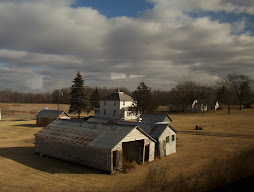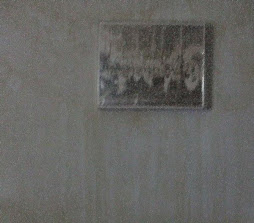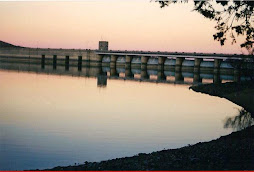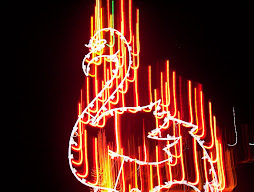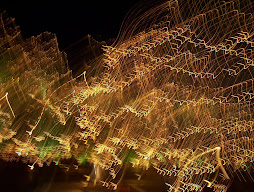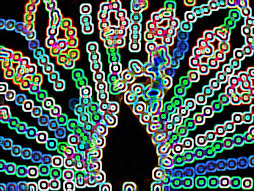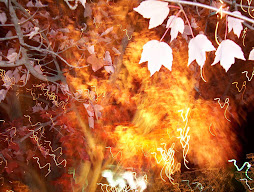New cybervirus found in Japan / Stuxnet designed to attack off-line servers via USB memory sticks From Daily Yomiuri Online. Excerpts:
Stuxnet, a computer virus designed to attack servers isolated from the Internet, such as at power plants, has been confirmed on 63 personal computers in Japan since July, according to major security firm Symantec Corp.
The virus does not cause any damage online, but once it enters an industrial system, it can send a certain program out of control.
After Stuxnet finds its way onto an ordinary computer via the Internet, it hides there, waiting for a USB memory stick to be connected to the computer, when it transfers itself to the memory stick. When the USB device is then connected to a computer linked to an isolated server, it can enter the system and take control of it.
..
According to the security company, the virus is designed to target a German-made program often used in systems managing water, gas and oil pipelines. The program is used at public utilities around the world, including in Japan.
Was The Japanese Nuclear Crisis Compounded By The Stuxnet Worm? Room Eight offers the Stuxnet virus as "crazy Pit Bull who didn't mean to attack" Japan, but did. Horrible, but accidental.
Maybe. This one sounds more curious in a more conspiratorial light.. 10 Germans flee Japan's quake-hit nuclear plant. Stuxnet targets Siemens equipment, which is German made..
Not to mention this little nugget from Slovenia. Slovene nuclear plant fails to restart
I'm not sure if any of this can be combined or valid, but with Japan's opaque attitude towards public information, this theory, while thin at the moment, might not be later. Consider this a bookmark. If more evidence arises, we'll revisit.
Stuxnet, a computer virus designed to attack servers isolated from the Internet, such as at power plants, has been confirmed on 63 personal computers in Japan since July, according to major security firm Symantec Corp.
The virus does not cause any damage online, but once it enters an industrial system, it can send a certain program out of control.
After Stuxnet finds its way onto an ordinary computer via the Internet, it hides there, waiting for a USB memory stick to be connected to the computer, when it transfers itself to the memory stick. When the USB device is then connected to a computer linked to an isolated server, it can enter the system and take control of it.
..
According to the security company, the virus is designed to target a German-made program often used in systems managing water, gas and oil pipelines. The program is used at public utilities around the world, including in Japan.
Was The Japanese Nuclear Crisis Compounded By The Stuxnet Worm? Room Eight offers the Stuxnet virus as "crazy Pit Bull who didn't mean to attack" Japan, but did. Horrible, but accidental.
Maybe. This one sounds more curious in a more conspiratorial light.. 10 Germans flee Japan's quake-hit nuclear plant. Stuxnet targets Siemens equipment, which is German made..
Not to mention this little nugget from Slovenia. Slovene nuclear plant fails to restart
I'm not sure if any of this can be combined or valid, but with Japan's opaque attitude towards public information, this theory, while thin at the moment, might not be later. Consider this a bookmark. If more evidence arises, we'll revisit.










































